
Buyers from China, the Middle East, and Russia are reportedly springing for Monaco properties priced above €10 million ($11 million), while their British, Italian, Swiss, and northern European peers tend to be active in buying properties below those price points, according to property-report.com.
“Not only is the age of buyers lower than it was a decade ago, but the nationality of buyers can increasingly be defined according to their purchasing power,” wrote Knight Frank researcher Kate Everett-Allen.
Monaco remains a highly coveted tax haven among high-net-worth individuals (HNWI) worldwide. “Unlike many other tax havens, it is neither remote nor compromised on its lifestyle offering,” Edward de Mallet Morgan, head of Knight Frank’s Monaco department, said. “Monaco is, after all, located on the most sought-after coast in the Mediterranean, with the Côte d’Azur and the Italian Riviera on its doorstep, ski resorts an hour away and Nice airport with connections to Europe and beyond within approximately a 30 minute drive.”
While the Principality baulks at the label “tax haven”, it’s home to 12,200 millionaires, and has seen a 62 percent increase in its population of wealthy people or those with net assets of more than €30 million over the last 10 years, according to Knight Frank. Prices for Monaco properties have also soared by 27.8 percent over the last five years, according to the Monaco Statistics office.
Meanwhile, a survey by market research company New World Wealth ranked Russia as having the world’s sixth biggest outflow of individuals worth over $1 million (€990,000), with the number of millionaires in the country falling 2 percent last year.
The conflict in Ukraine and the depreciating ruble have driven rich Russians to other shores. In a survey by property broker Tranio.com and Spear’s Russia, 58 percent of HNWI emigrants from Russia cited geopolitical and economic instability as main reasons to change their country of residence and buy overseas property. Around 2.2 percent reasoned that they were in search of more attractive tax regimes.
Monaco property buyer younger and non-European, says report
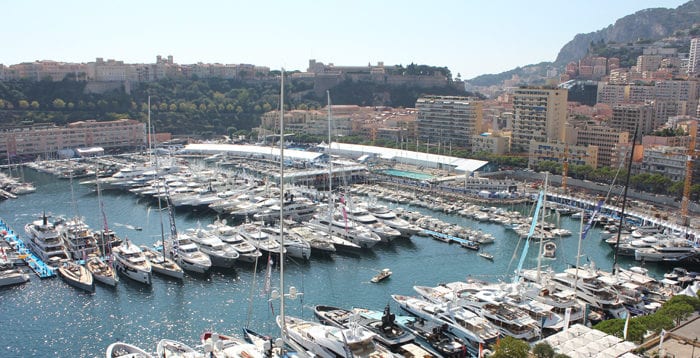
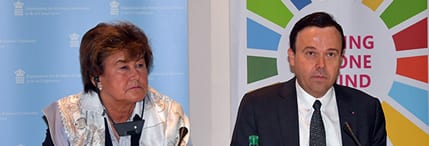
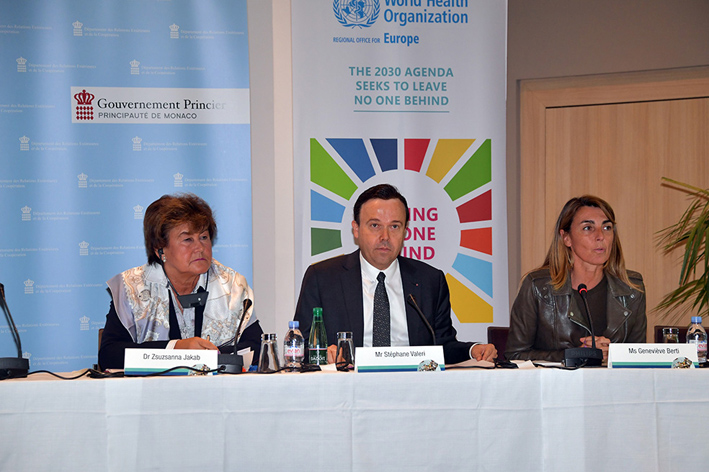
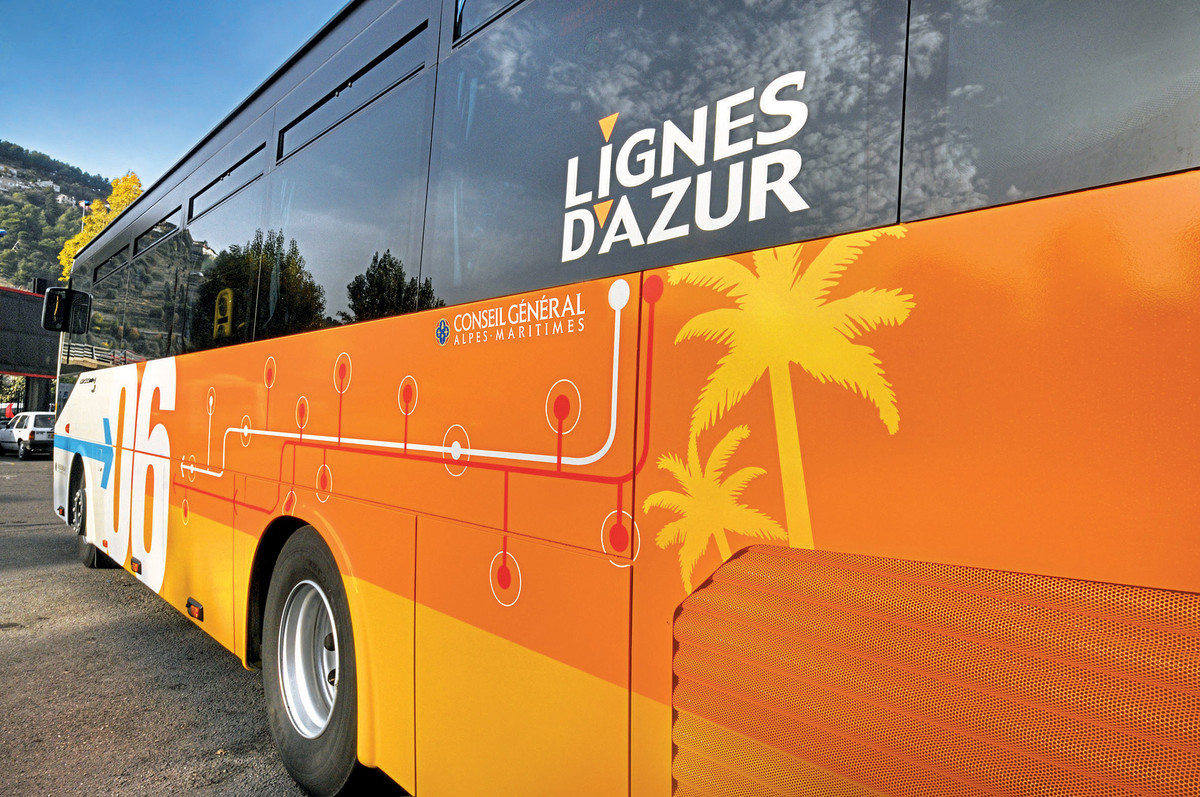
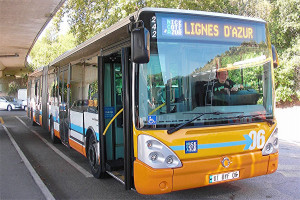 The Monaco Government is constantly trying to ameliorate the problems faced by everyday commuters to the Principality, and this week announced that more buses will be added to the very popular, and often overcrowded, number 100 route that runs from Nice to Monaco with some services continuing to Menton.
The Monaco Government is constantly trying to ameliorate the problems faced by everyday commuters to the Principality, and this week announced that more buses will be added to the very popular, and often overcrowded, number 100 route that runs from Nice to Monaco with some services continuing to Menton.